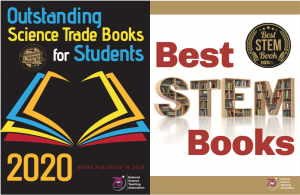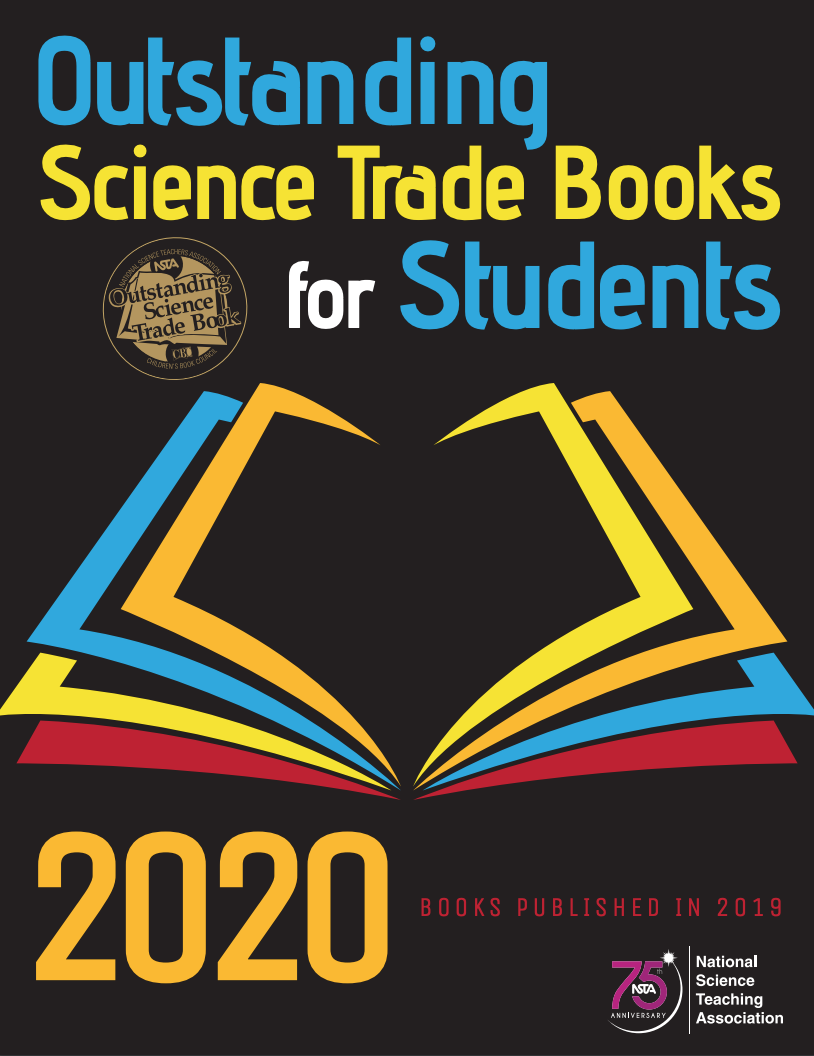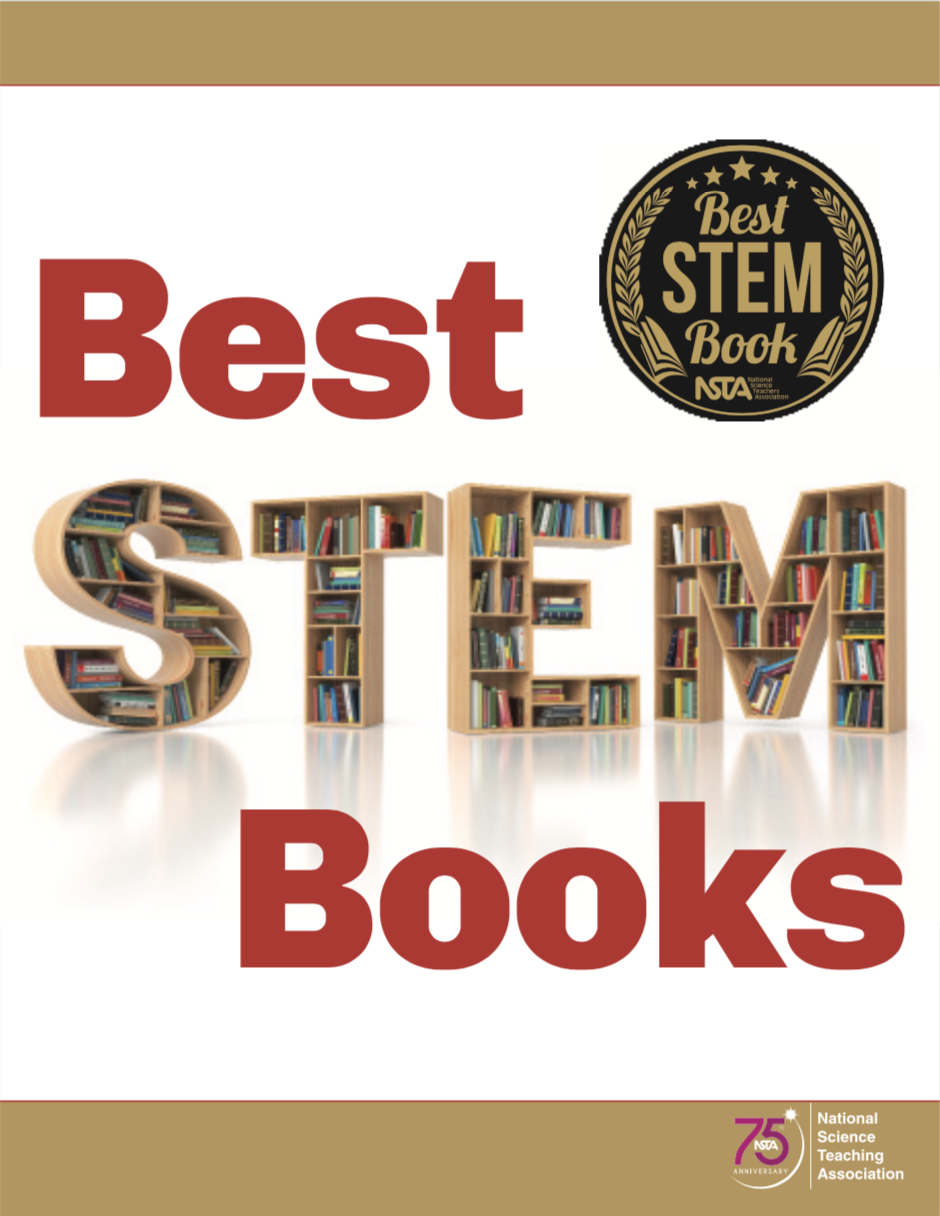Outstanding Sciences and Best Stem Books 2020 Lists Available

The National Science Teachers Association and the Children’s Book Council have released the Outstanding Science Trade Books and Best STEM Books lists for 2020. The yearly lists include excellent titles, featuring a diversity of stories and subject matters that are enriching for all readers. Find new books for your budding scientists, inventors, creators, and anyone who loves a little science!
 The Outstanding Science Trade Books list has been released yearly since 1973; it is a great resource that represents the best science trade books published in that year for students in kindergarten through 12th grade. This year’s winning titles include poisons, noses, whales, bridges, moths, electricity, and a Hollywood legend.
The Outstanding Science Trade Books list has been released yearly since 1973; it is a great resource that represents the best science trade books published in that year for students in kindergarten through 12th grade. This year’s winning titles include poisons, noses, whales, bridges, moths, electricity, and a Hollywood legend.
“This 2020 Outstanding Science Trade Books list includes titles that will enthrall, teach, and inspire children, building literacy skills through engaging science content,” said NSTA Executive Director Dr. David Evans. “These books aren’t one-time reads. They include captivating stories, charming characters, and vibrant illustrations that will delight children and adults equally.” Full Press Release here.
 The Best STEM Books list provides recommendations about the best trade books with science, technology, engineering, and math (STEM) content, principles and thinking available for students in kindergarten through 12th grade. The list is in its fourth year. This year’s winning titles include topics that range from the invention of crayons and a house that cleaned itself to using divergent thinking to save the Thai soccer team.
The Best STEM Books list provides recommendations about the best trade books with science, technology, engineering, and math (STEM) content, principles and thinking available for students in kindergarten through 12th grade. The list is in its fourth year. This year’s winning titles include topics that range from the invention of crayons and a house that cleaned itself to using divergent thinking to save the Thai soccer team.
“The 2020 list of Best K-12 STEM books cover a wonderfully diverse spectrum of STEM themes that engage, entertain, and inspire students,” said NSTA Executive Director Dr. David Evans. “We are delighted to bring increased attention to these outstanding books that help bolster reading comprehension skills while learning STEM content.” Full Press Release here.
In addition to the NSTA and CBC websites, the lists will appear with full annotations in the February issues of NSTA’s elementary, middle level, and high school journals for teachers.

